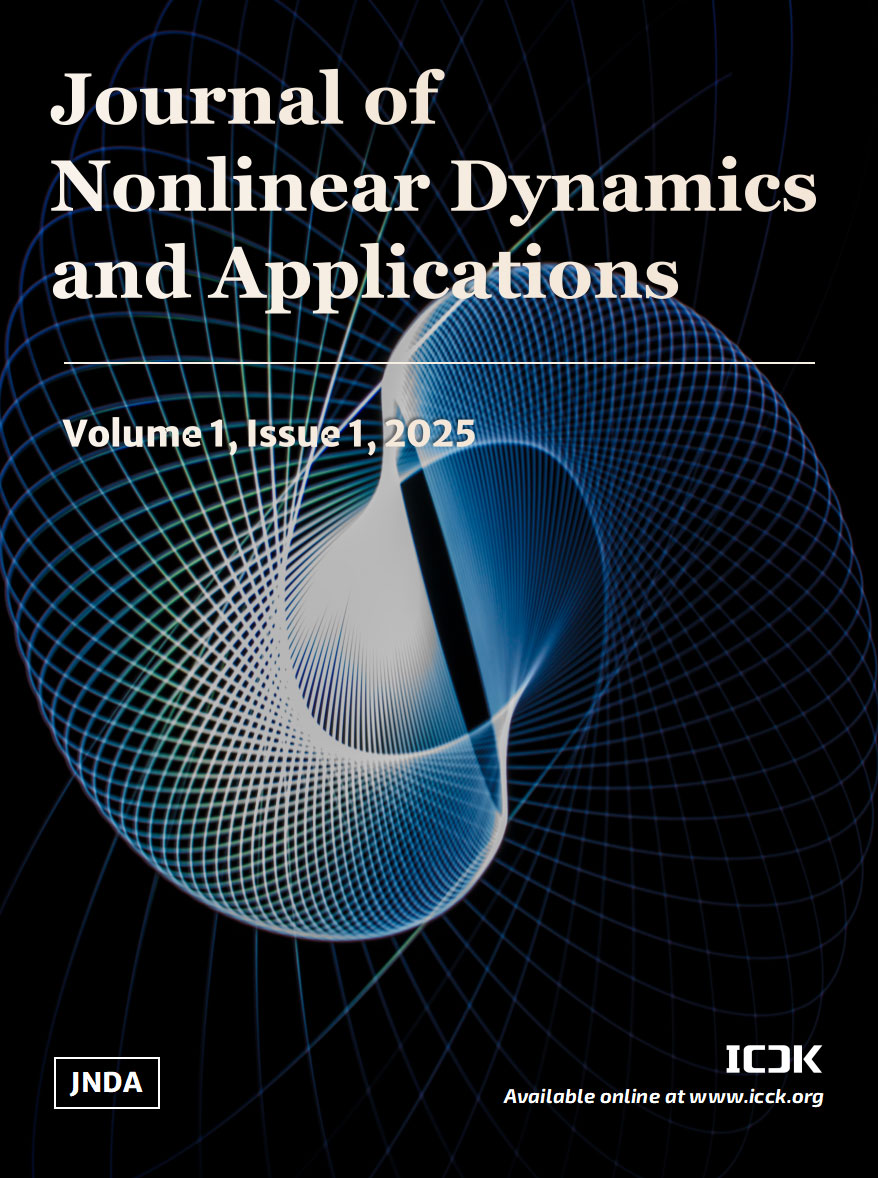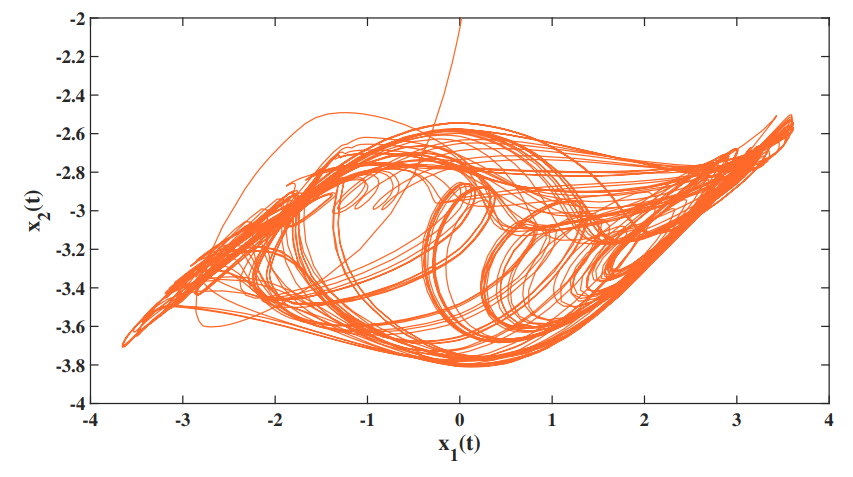Abstract
In this article, the issues of fixed-time projective synchronization (FTPS) and predefined-time projective synchronization (PTPS) in fuzzy neural networks (FNNs) with discontinuous activations and mixed-time delays are addressed by utilizing an adaptive aperiodically switching strategy. First of all, using the tool of Lyapunov function theory, the fixed-time stabilization (FS) in such FNNs is examined. Next, by developing suitable adaptive aperiodically switching strategy controllers, novel criteria for achieving FTPS and PTPS are established within such FNNs. Unlike recent works, in this paper, aperiodically switching control and adaptive control are employed to synchronize fuzzy neural networks (FNNs) within fixed and predefined time. Furthermore, depending on the selection of different projective factors, the results of projective synchronization in this paper can include results such as complete synchronization, anti-synchronization and fixed/predefined-time synchronization. Ultimately, illustrative simulations are conducted to support the efficacy of outcomes gained in this study.
Keywords
aperiodically switching control
adaptive control
fixed-time projective synchronization
predefined-time projective synchronization
Data Availability Statement
Data will be made available on request.
Funding
This work was supported without any funding.
Conflicts of Interest
The authors declare no conflicts of interest.
Ethical Approval and Consent to Participate
Not applicable.
Cite This Article
APA Style
Gui, S., & Wang, Z. (2025). Fixed/Predefined-Time Projective Synchronization of Delayed Discontinuous Fuzzy Neural Networks via Adaptive Aperiodically Switching Strategy. Journal of Nonlinear Dynamics and Applications, 1(1), 10–25. https://doi.org/10.62762/JNDA.2025.649261
Publisher's Note
ICCK stays neutral with regard to jurisdictional claims in published maps and institutional affiliations.
Rights and Permissions
Institute of Central Computation and Knowledge (ICCK) or its licensor (e.g. a society or other partner) holds exclusive rights to this article under a publishing agreement with the author(s) or other rightsholder(s); author self-archiving of the accepted manuscript version of this article is solely governed by the terms of such publishing agreement and applicable law.


 Submit Manuscript
Edit a Special Issue
Submit Manuscript
Edit a Special Issue

